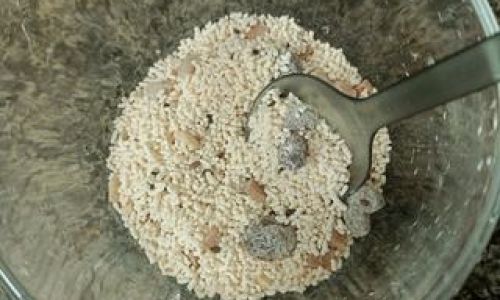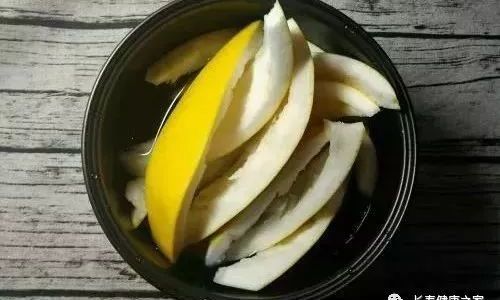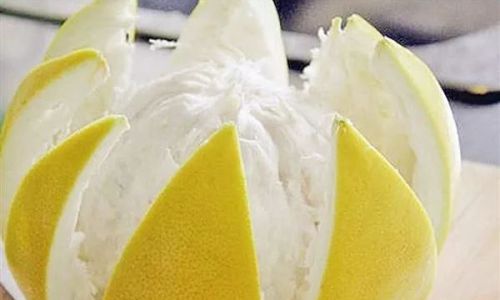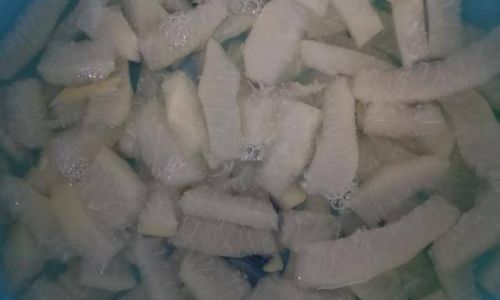Introduction
Lotus root starch, also known as lotus root flour or lotus powder, is a traditional Chinese ingredient derived from the tubers of the lotus plant. It has a delicate, slightly sweet flavor and a smooth, creamy texture when cooked, making it a popular choice for desserts, soups, and beverages. Unlike other starches, lotus root starch is naturally gluten-free and rich in dietary fiber, vitamins, and minerals, making it a healthy addition to many dishes. In this comprehensive guide, we will explore how to make lotus root starch from scratch, from selecting the right lotus roots to the final milling process. By following these steps, you can enjoy the pure, homemade taste of lotus root starch in your kitchen.
Section 1: Understanding Lotus Root and Its Starch

Before diving into the process of making lotus root starch, it’s essential to understand the basics of the lotus plant and its starch. The lotus plant, scientifically known as Nelumbo nucifera, is a perennial aquatic herb native to Asia and Australia. Its tubers, commonly referred to as lotus roots, are long, cylindrical structures with numerous holes running lengthwise. These holes are not just a unique feature but also serve as channels for air and water, allowing the plant to thrive in muddy water.
Lotus root starch is extracted from the tubers through a process that involves washing, peeling, grating, and sieving. The resulting starch has a neutral to slightly sweet taste and a fine, powdery consistency. It is highly soluble in water and can be used as a thickening agent, stabilizer, or simply as an ingredient to add texture and flavor to various dishes.
Section 2: Selecting and Preparing the Lotus Roots
The quality of your lotus root starch begins with the selection of the right lotus roots. Here are some tips for choosing and preparing the lotus roots:
-
Freshness Matters: Opt for fresh, firm lotus roots with smooth, unblemished skin. Avoid roots that are soft, moldy, or have cracks.
-
Size and Shape: While size and shape can vary, generally, larger roots yield more starch. However, smaller, younger roots may have a sweeter flavor.
-
Cleaning: Thoroughly wash the lotus roots under running water to remove any dirt or debris. Use a vegetable brush if necessary to scrub off stubborn dirt.
-
Peeling: Peel the lotus roots using a sharp knife or vegetable peeler. Be careful to remove all traces of skin and any dark spots or blemishes.

-
Soaking: Soak the peeled lotus roots in clean water for about 30 minutes to help remove any remaining dirt and to soften them slightly, making them easier to grate.
Section 3: Grating and Extracting the Starch
Once the lotus roots are prepared, the next step is to grate and extract the starch. This process requires patience and attention to detail to ensure a high-quality final product.
-
Grating: Using a box grater or food processor with a grating attachment, grate the lotus roots into fine shreds. The finer the shreds, the easier it will be to extract the starch.
-
Soaking and Stirring: Place the grated lotus root shreds in a large bowl or container and cover them with clean water. Stir the mixture gently but thoroughly to ensure that all the shreds are submerged. Allow the mixture to sit for about 30 minutes to an hour, stirring occasionally to prevent the shreds from settling and sticking together.
-
Straining: Line a large sieve or colander with cheesecloth or a fine-mesh cloth and place it over a large bowl. Pour the lotus root shreds and water mixture into the sieve, allowing the water to drain through while retaining the shreds. Gather the corners of the cheesecloth and gently squeeze out as much liquid as possible. This liquid contains the lotus root starch.
-
Sedimentation: Let the starch-laden water sit undisturbed for several hours or overnight. The starch will settle to the bottom, forming a thick, white layer.
Section 4: Drying and Milling the Starch

After the starch has settled, it’s time to dry and mill it into a fine powder.
-
Decanting: Carefully pour off the clear liquid from the top, leaving the settled starch behind. Use a spoon to scrape off any remaining liquid from the surface.
-
Drying: Spread the settled starch in a thin, even layer on a baking sheet lined with parchment paper. Place the baking sheet in a sunny spot or in a food dehydrator set to a low temperature. Allow the starch to dry completely, which can take several hours to a day depending on the drying method and humidity levels.
-
Milling: Once the starch is completely dry, transfer it to a blender or food processor. Blend on high speed until the starch reaches a fine, powdery consistency. Be careful not to over-blend, as this can cause the starch to heat up and become gummy.
-
Sifting: Pass the blended starch through a fine-mesh sieve to remove any lumps or impurities. This will ensure a smooth, uniform texture.
Section 5: Storing and Using Lotus Root Starch
Now that you’ve successfully made your own lotus root starch, it’s important to store it properly to maintain its freshness and quality.
-
Airtight Container: Store the lotus root starch in an airtight container in a cool, dry place. Avoid exposure to direct sunlight and moisture.

-
Refrigeration: For longer-term storage, consider placing the container in the refrigerator. This will help prevent the starch from absorbing odors and moisture from the air.
-
Usage: Lotus root starch can be used in a variety of ways. It’s perfect for making desserts like pudding or jelly, as a thickening agent in soups and stews, or even as a coating for fried foods. Its neutral flavor and smooth texture make it a versatile ingredient in many cuisines.
Conclusion
Making lotus root starch at home is a rewarding process that allows you to enjoy the pure, authentic taste of this traditional Chinese ingredient. By following the steps outlined in this guide, from selecting and preparing the lotus roots to grating, extracting, drying, and milling the starch, you can create a high-quality product that enhances the flavor and texture of your dishes. Whether you’re a seasoned chef or a home cook, the ability to make your own lotus root starch opens up a world of culinary possibilities. So, why wait? Gather your ingredients and start your lotus root starch-making journey today!






0 comments